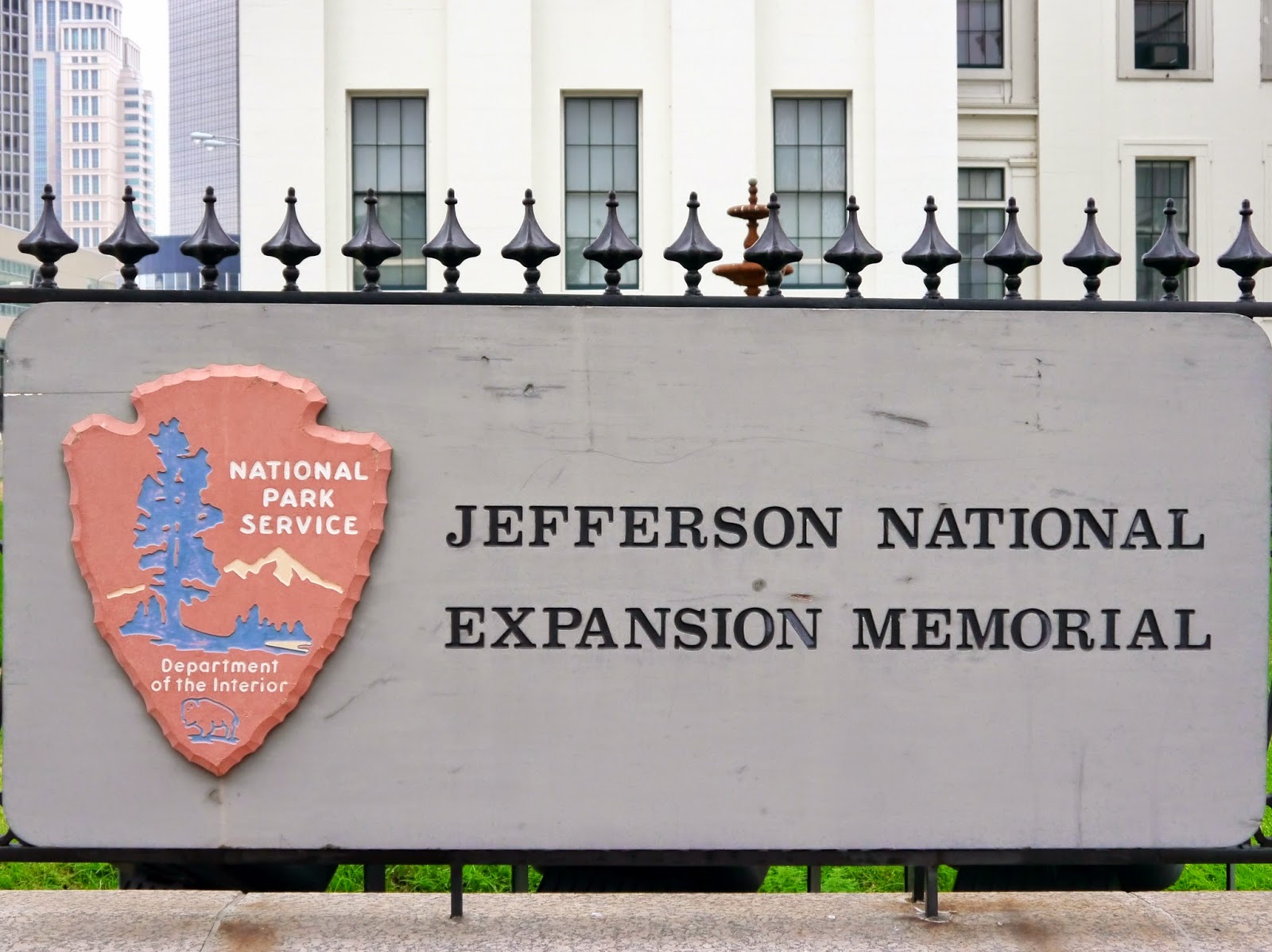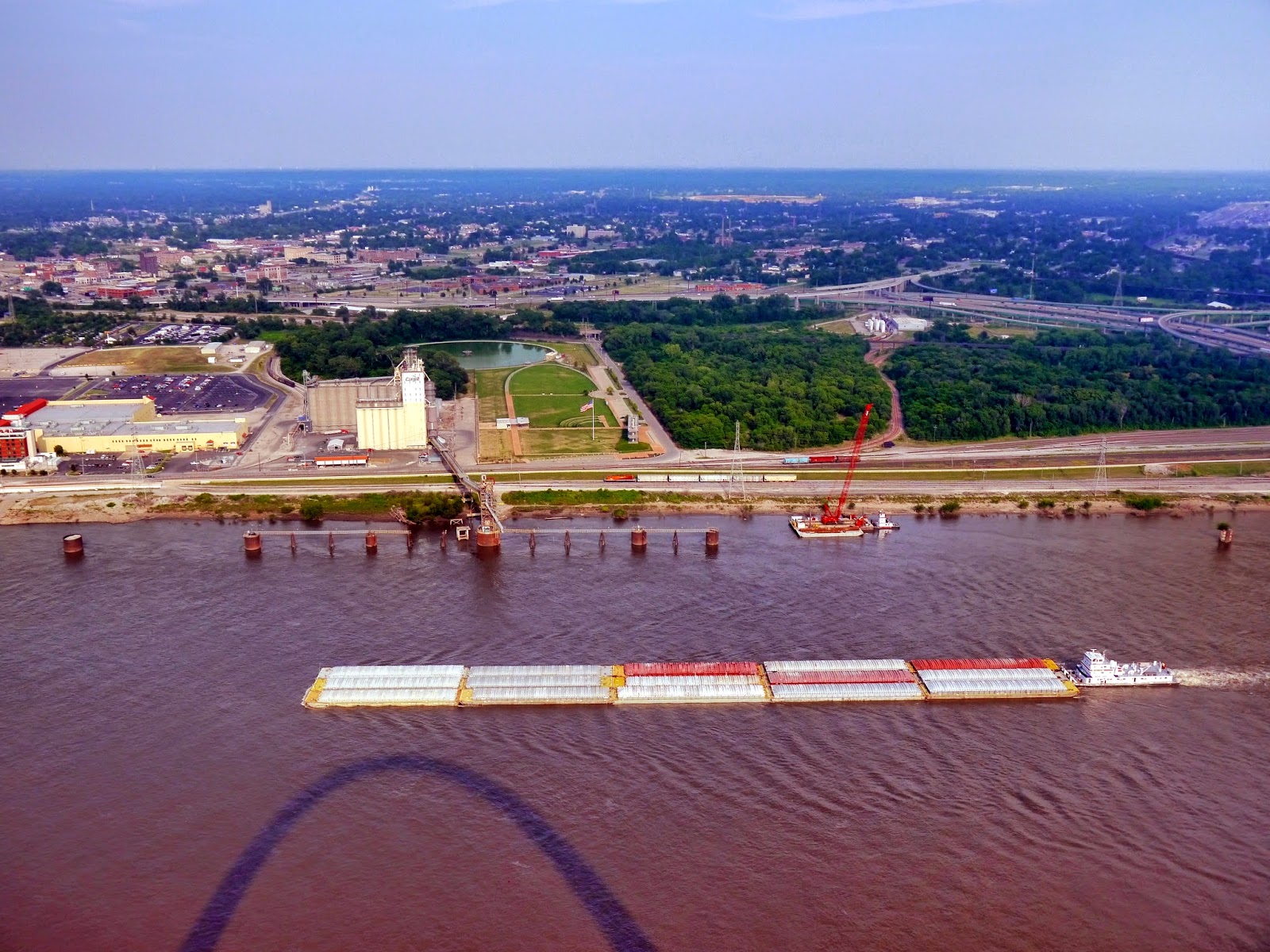Knoxville hosted the 1982 World's Fair in the Second Creek valley between downtown and Fort Sanders. The area is now home to a city park with the Court of Flags play fountain that still retains the Sunsphere and the Tennessee Amphitheater from the fair. On the north end of the site, a STEM high school now occupies the former L&N railroad depot and the East Tennessee Veterans Memorial. A new, larger convention center is located on the east side of the park between Clinch and Cumberland Avenues. The park is also the terminus of the Second Creek Greenway that runs up the creek from the Neyland Greenway. We visited on a beautiful summer day in mid-July 2014.
 |
| East Tennessee Veterans Memorial |
 |
| Former L&N Depot |
 |
| Iconic Sunsphere from the World's Fair |
 |
| Pedestrian bridge to the new convention center over the shallow water feature |
 |
| Another view of the Sunsphere with the awnings of the Tennessee Amphitheater |
 |
| Another view of the pedestrian bridge |
 |
| The new convention center |
 |
| The bell tower of Church Street United Methodist Church |
Except for special events, there is no fee to visit the park.
The park website is
http://worldsfairpark.org/.









































































